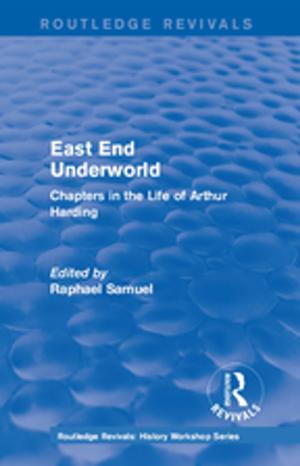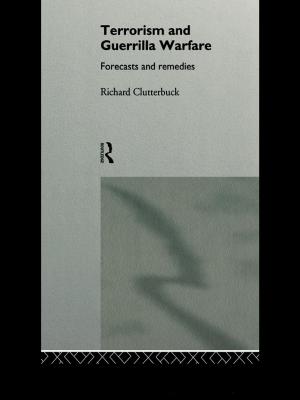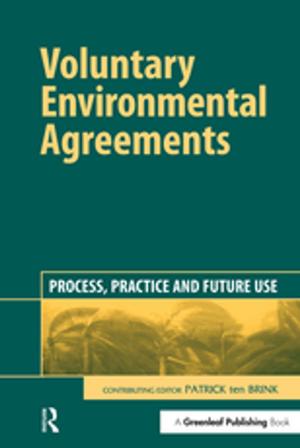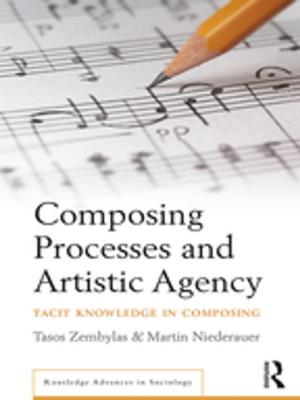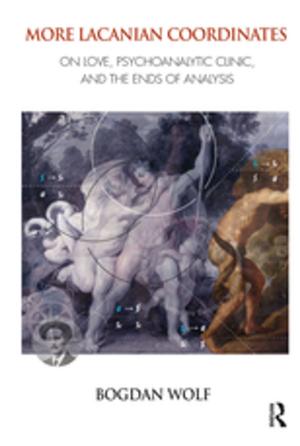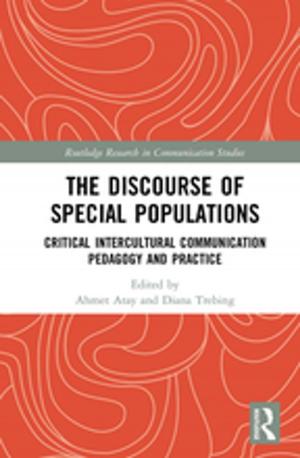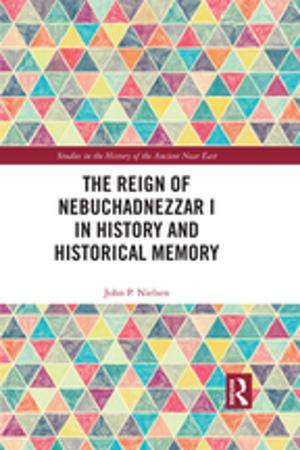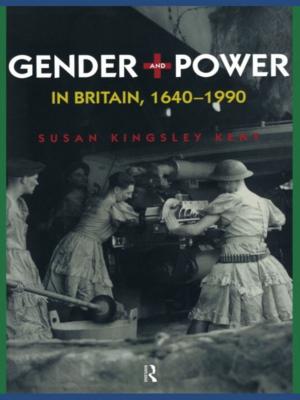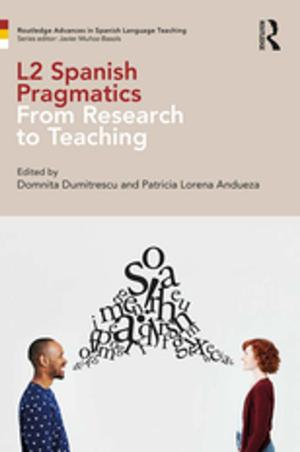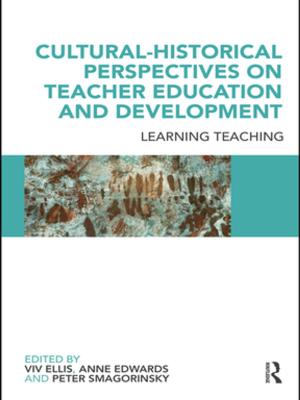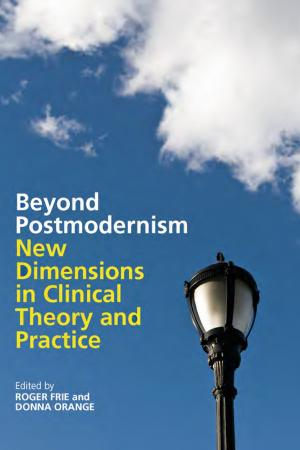| Author: | Michael S. Springer | ISBN: | 9781317064626 |
| Publisher: | Taylor and Francis | Publication: | April 8, 2016 |
| Imprint: | Routledge | Language: | English |
| Author: | Michael S. Springer |
| ISBN: | 9781317064626 |
| Publisher: | Taylor and Francis |
| Publication: | April 8, 2016 |
| Imprint: | Routledge |
| Language: | English |
This book examines the struggle for Protestant consensus and unity through the work of John a Lasco (1499-1560). It is only in recent years that scholars have begun to recognize the importance of Lasco as one of the leading figures of the European Reformation, and a pivotal figure between Lutheran and Reformed theologians. The Polish reformer was among the most dynamic church organizers of the sixteenth century, dedicated to healing the divisions among evangelicals and searching for the key to Protestant unity in the example of the Apostolic Church. It was to this end that he published the Forma ac ratio in 1555, a work that recorded the rites and practices of the London Strangers' Church (of which he had been the first superintendent) and to provide a model for uniting the disparate Protestant communities on the Continent. Although some recent works have focused on aspects of Lasco's early career in Germany and England, this is the first book to provide a comprehensive analysis of the Forma ac ratio, and the reformer's reasons for writing it. This study also puts Lasco's distinct model for Protestant churches into the wider European context and assesses his impact on the struggle for unity through an examination of his correspondence, the reaction to his writings, and his influence on Protestant congregations across Europe.
This book examines the struggle for Protestant consensus and unity through the work of John a Lasco (1499-1560). It is only in recent years that scholars have begun to recognize the importance of Lasco as one of the leading figures of the European Reformation, and a pivotal figure between Lutheran and Reformed theologians. The Polish reformer was among the most dynamic church organizers of the sixteenth century, dedicated to healing the divisions among evangelicals and searching for the key to Protestant unity in the example of the Apostolic Church. It was to this end that he published the Forma ac ratio in 1555, a work that recorded the rites and practices of the London Strangers' Church (of which he had been the first superintendent) and to provide a model for uniting the disparate Protestant communities on the Continent. Although some recent works have focused on aspects of Lasco's early career in Germany and England, this is the first book to provide a comprehensive analysis of the Forma ac ratio, and the reformer's reasons for writing it. This study also puts Lasco's distinct model for Protestant churches into the wider European context and assesses his impact on the struggle for unity through an examination of his correspondence, the reaction to his writings, and his influence on Protestant congregations across Europe.

